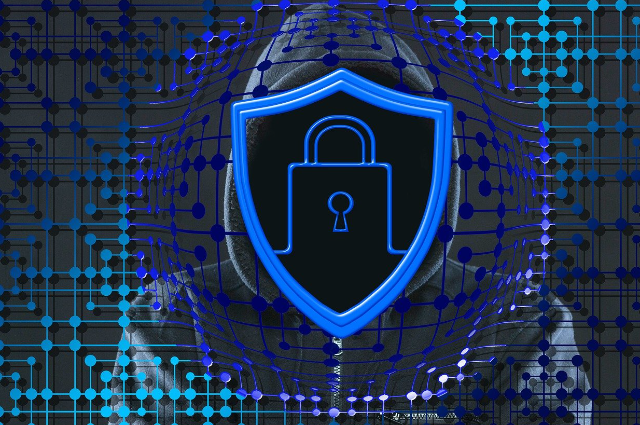
Image by Gerd Altmann from Pixabay
As technology becomes increasingly integrated into our daily lives, the vulnerability of critical infrastructure to cyberattacks becomes a growing concern. While the threat of cyberattacks is well-recognized, there are several niche challenges within the realm of protecting critical infrastructure that require targeted solutions. This article delves into these specific challenges and proposes innovative approaches to safeguarding vital systems from cyber threats.
1. Supply Chain Vulnerabilities
- Problem: Critical infrastructure systems often rely on complex supply chains, making them susceptible to cyberattacks through compromised third-party vendors.
- Solution: Establish strict cybersecurity standards for all vendors in the supply chain. Require regular audits and assessments to ensure compliance. Collaborate with industry associations to create shared security best practices for supply chain partners. Implement blockchain technology to enhance transparency and traceability in supply chain transactions, reducing the risk of malicious tampering.
2. Legacy Systems and Outdated Technology
- Problem: Many critical infrastructure systems run on outdated software and hardware that lack essential security updates, making them prime targets for cyberattacks.
- Solution: Develop a phased plan to update and modernize legacy systems, prioritizing those that are most vulnerable. Collaborate with cybersecurity experts to create virtual patches and workarounds that can temporarily protect outdated systems until they are fully upgraded. Establish partnerships with technology companies to provide incentives for organizations to migrate to newer, more secure systems.
3. Insider Threats
- Problem: Insiders with access to critical infrastructure systems can pose a significant cyber threat, intentionally or unintentionally compromising security.
- Solution: Implement strict access controls and role-based permissions for employees with access to critical systems. Develop a comprehensive insider threat detection program that monitors unusual behavior and activity patterns. Collaborate with psychologists and behavioral experts to create training programs that address the psychological and social factors that may lead to insider threats.
4. Interconnected Systems and Converged Attacks
- Problem: The interconnected nature of critical infrastructure systems makes them susceptible to coordinated cyberattacks that exploit vulnerabilities across multiple sectors.
- Solution: Foster collaboration between different sectors of critical infrastructure to share threat intelligence and best practices. Establish joint cybersecurity drills and simulations involving various infrastructure components to test preparedness for coordinated attacks. Collaborate with government agencies to create a unified response framework that can be activated in the event of a large-scale cyber incident.
5. Lack of Cybersecurity Talent
- Problem: The shortage of skilled cybersecurity professionals makes it difficult for organizations to effectively defend against evolving cyber threats.
- Solution: Collaborate with educational institutions to develop cybersecurity curricula that align with industry needs. Establish partnerships with cybersecurity training centers to provide hands-on experience for students and professionals. Invest in workforce development programs that offer mentorship and practical training opportunities. Create apprenticeship programs that allow aspiring cybersecurity experts to learn from experienced professionals while contributing to critical infrastructure defense.
Securing critical infrastructure against cyberattacks demands a multifaceted approach that addresses the niche challenges within this complex landscape. By focusing on supply chain vulnerabilities, legacy systems, insider threats, interconnected systems, and workforce development, we can enhance our ability to protect vital systems from evolving cyber threats. Collaboration, innovation, and a shared commitment to cybersecurity are essential to ensuring the resilience and safety of critical infrastructure in an increasingly digital world.
